From the famous, eerie streets of Balete Drive in Quezon City, to the burnt down night club once-known as the Ozone Disco, we’ve gathered five haunted places in the Philippines and recall their dark histories.
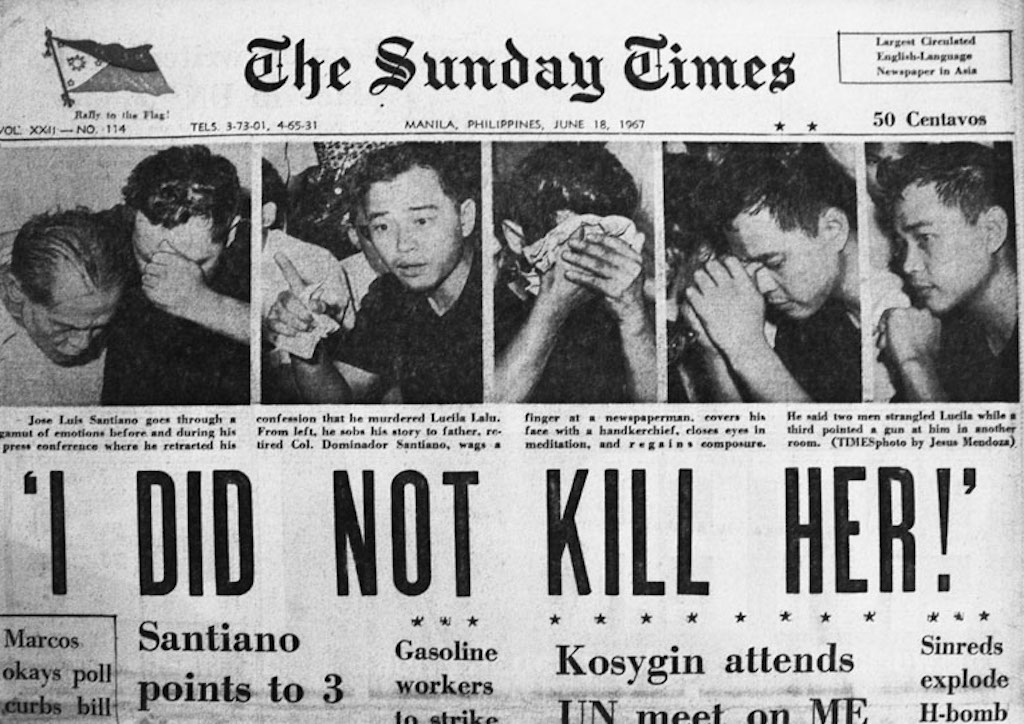
Balete Drive, Quezon City
If you were raised in Manila, chances are you’ve nervously laid in bed at night as a kid, thinking of all the ghost stories our parents told us about Balete Drive. The two streets that make up the drive is located at Quezon City, and has numerous creepy tales attached to its name. A few involve Filipino folklore creatures kapres and demons. However, the most famous story is that of resident White Lady, who appears regularly in the cars of passerby’s and residents. Although her history is unclear, her presence and reputation has only grown bigger as the years go by. Some say she was a student from the University of the Philippines, who was raped on the way home from school by a taxi driver. Others believe it is the spirit of the infamous Lucila Lalu, a young woman whose murder made big headlines in the late 1960s. Otherwise known as the Chop-Chop Lady by the general public, Lucila’s different body parts were found all over Manila. They say the White Lady of Balete Drive is Lucila, hitching a ride to look for her missing limbs.
RELATED READS: The Most Haunted Mansions, Castles and Estates in the World
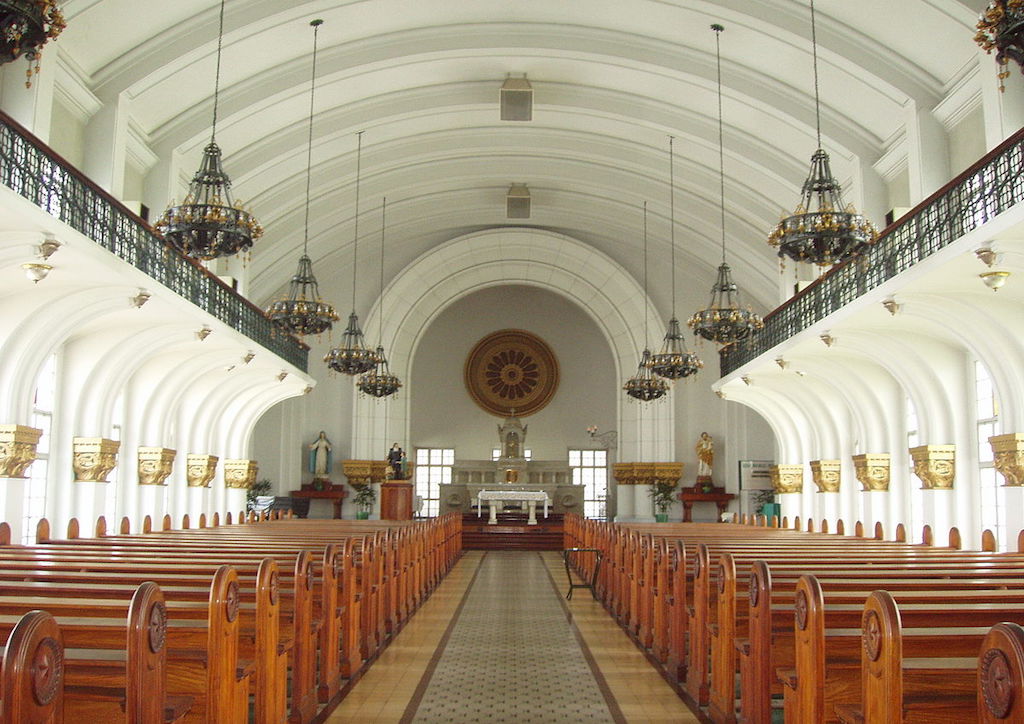
Chapel of the Most Blessed Sacrament, De La Salle University
De La Salle University, one of the oldest schools in the Philippines, is not without its ghostly tales. Students claim to have been haunted on the grounds by numerous things, such as headless priests, Japanese soldiers, and children. The most chilling area of the sprawling university is the Chapel of the Most Blessed Sacrament, located at the LS building. During the Liberation of the Manila on February 12, 1945, Japanese troops retreated into the school, thinking its thick walls would protect them from American soldiers. Used as a hiding place by many civilians, the soldiers forcefully put 41 women, children, and Christian brothers into the chapel where they were murdered by gunfire on bayonet. Students claim this is the eeriest part of the entire campus.
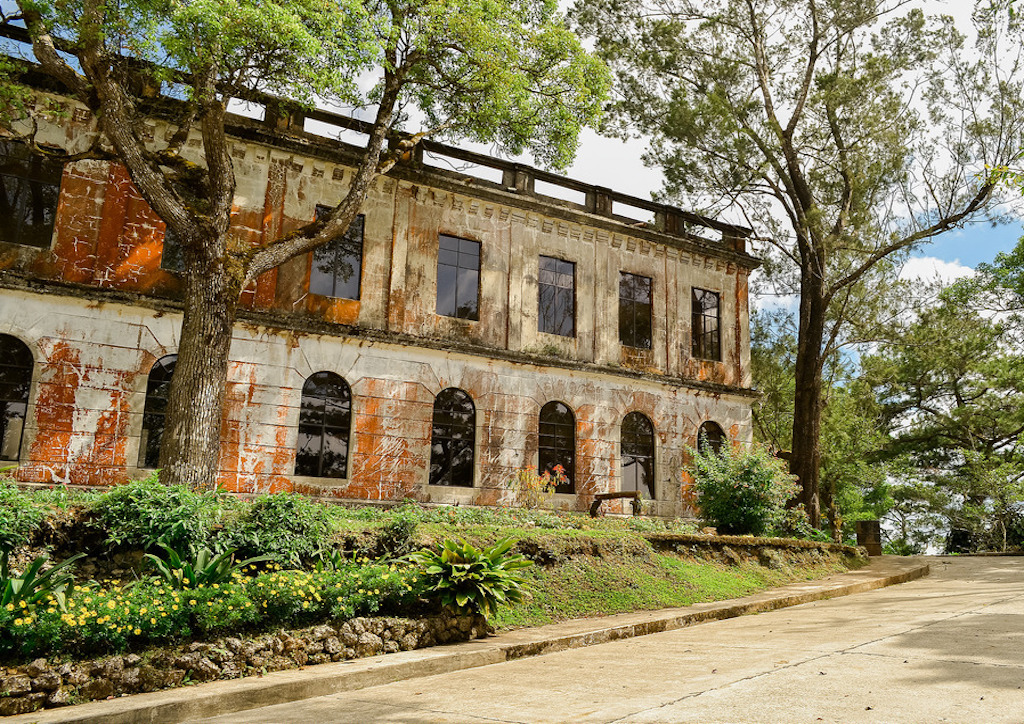
Diplomat Hotel, Baguio
Sitting at the top of the Dominican Hill in Baguio City, the Diplomat Hotel (now renamed as the Dominican Heritage Hill and Nature Park), has a long history. In 1911, American friars commissioned the building of the structure for their rest house and school. When World War II hit, many sought refuge within its walls. However, they were unsuccessful in keeping the Japanese out, who decided the house would be their Baguio headquarters. There, they performed many unspeakable acts, such as a torture, rape, and murdering civilians, nuns, and priests. In 1945, the Americans bombed the Diplomat Hotel, but the Japanese soldiers, afraid of defeat, had already committed suicide. Later on, the house was turned into hotel. Guests and staff claimed they would hear the cries and screams of war victims around the building. Doors and windows would shut on its own and dishes would unexpectedly shatter. The hotel closed in 1987, when owner Antonio Agapito “Tony” Agpaoa suffered from a heart attack while at the site. The entrepreneur was rushed to the hospital, where he died.
RELATED READS: The Pickfair Estate: A Short History on the Beverly Hills Mansion Turned Haunted House
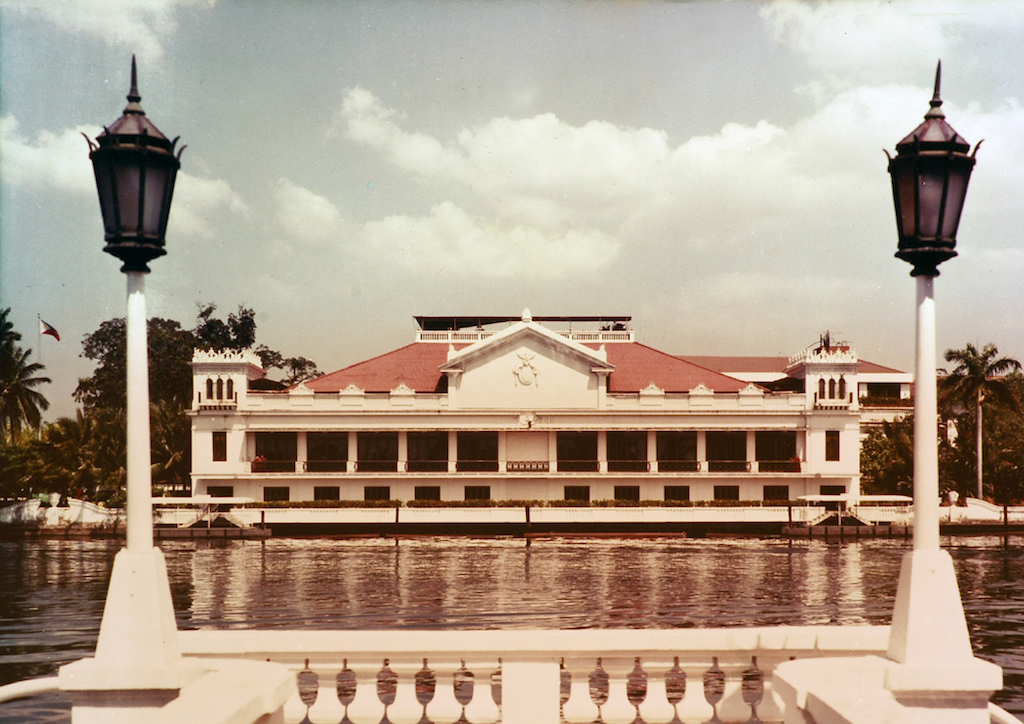
Malacañang Palace
The magnificent Malacañang Palace has always been a hub of ghostly speculations. Back in 2016, an employee by the name of Beldad Gantalao told SunStar.com that she had seen a headless priest walking about Kalayaan Hall. Built in 1750, the palace has survived the ups and downs of Philippine history. It was used as the home for the Spanish leaders during the colonization, and later taken by the Americans. Eventually it was returned to the locals to house Filipino presidents, starting with President Manuel Quezon. Over the years, many alleged paranormal sightings of deceased presidents have surfaced. Quezon, Manuel Roxas and Ramon Magsaysay are said to haunt the palace halls. Used as a base by the Japanese army during the Second World War, it is rumored that many souls of children and soldiers reside at Malacañang as well. It is also believed that a large kapre (a cigar-smoking giant from Filipino folklore) haunts the large balate tress near the palace’s entrance.
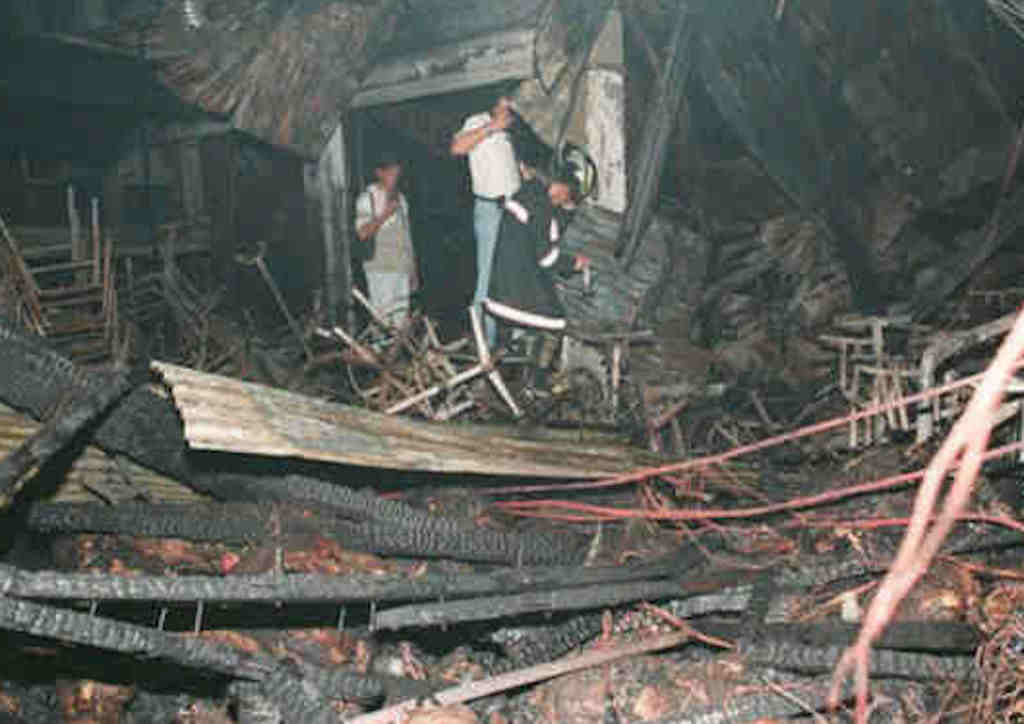
The Ozone Disco, Quezon City
In 1991, the Ozone Disco opened its doors. Many young people flocked to the new hot spot to dance, drink, and gather with their friends. Five years later, on March 18, 1996, a group of 350 students came together to celebrate their graduation. A fire broke out and the chaos began. Panicking students started a stampede, which proved to be worse for the entire situation. Guards at the entrance even locked the door from outside, thinking it would help contain what they thought was a “riot”. Around 150 students burned to death from the accident. Visitors have claimed that all kinds of paranormal activity surround the old club. Cries, laughter, dancing, and screaming can often be heard from the site. In March of 2015, the Ozone Disco was demolished. Family members of the victims still visit regularly to pay their respects.
RELATED READS: The Mystery of New York Millionaire Huguette Clark and Her Empty Mansions





